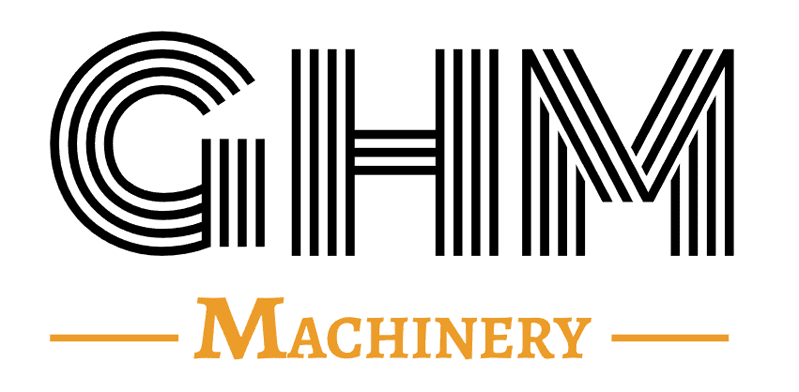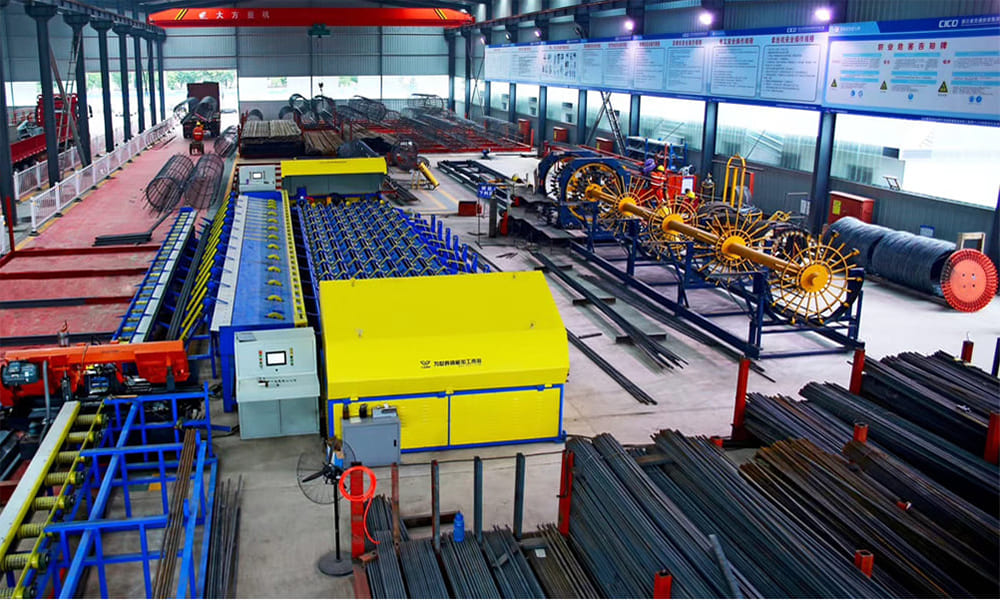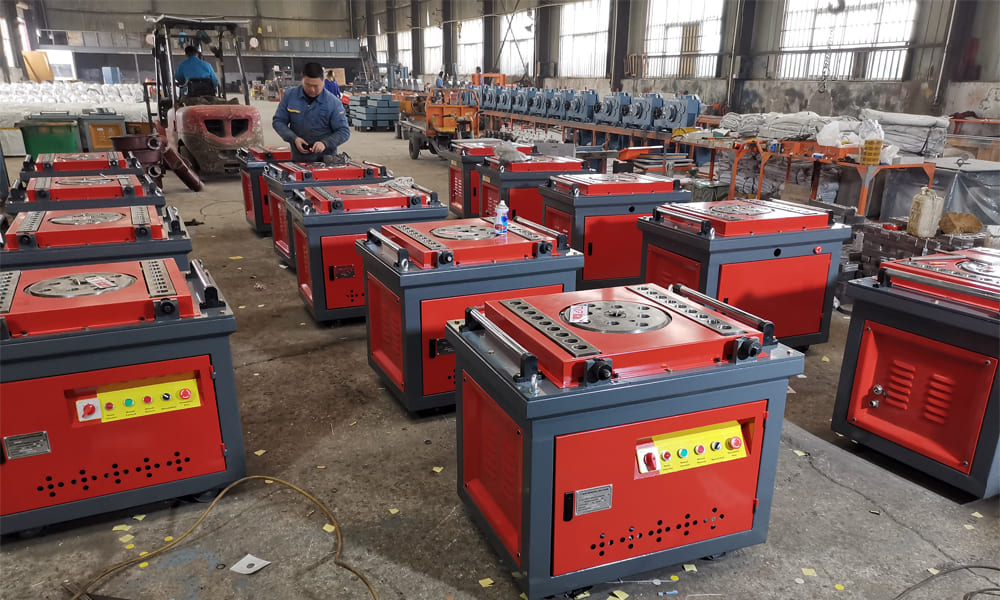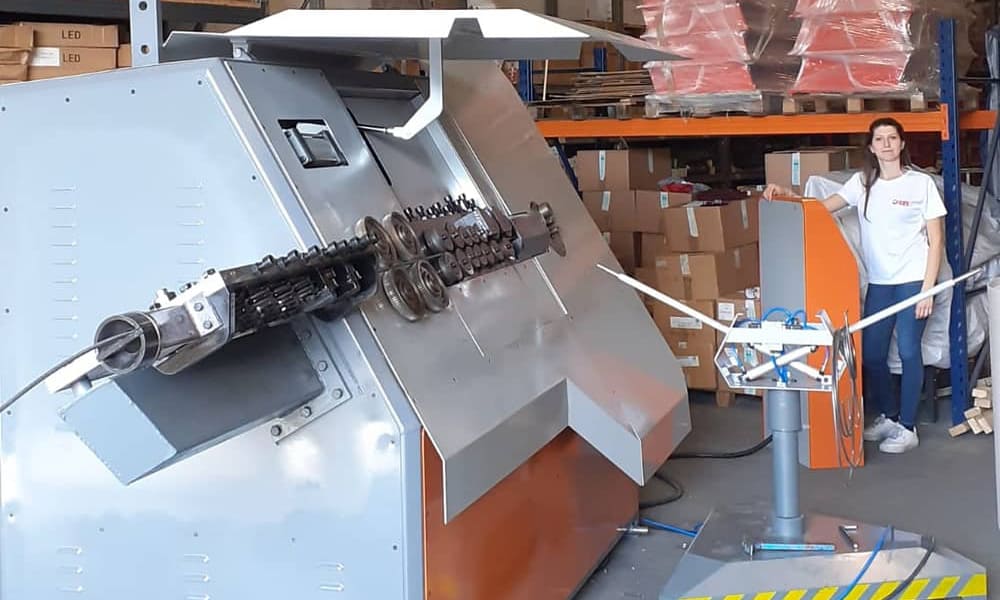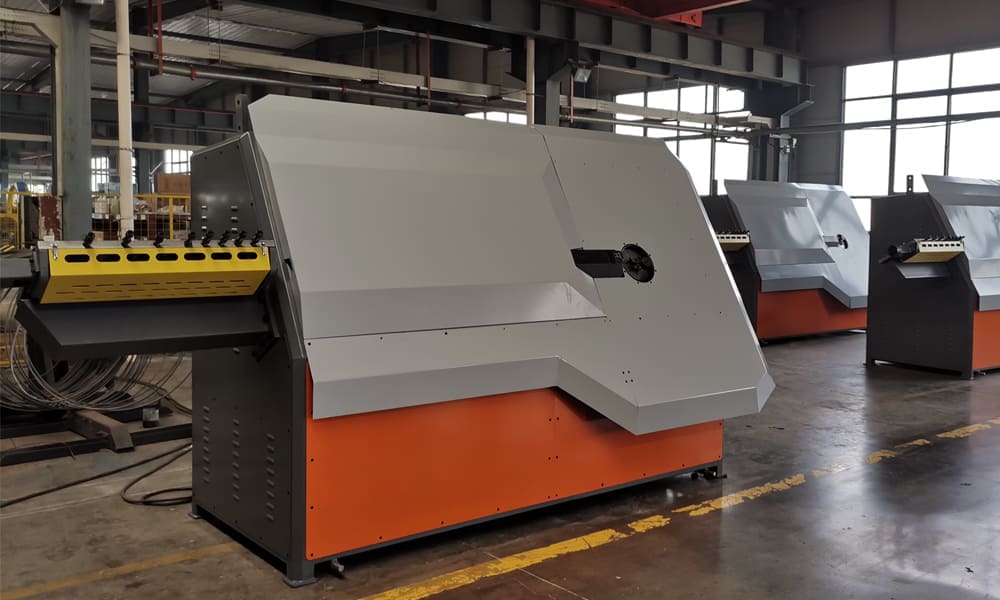Steel Bar Processing Factory GN13 Contract Section Overview
The GN13 contract section of the Guangyuan to Nanchong segment of the Lanzhou to Haikou National Expressway spans from pile number K98+000 to K106+845, covering a total length of 8.845 km. This significant infrastructure project involves extensive excavation of 893,000 m³ and filling of 666,000 m³. Key components of the project include:
- Bridges: Seven bridges totaling 2,581.83 meters
- Tunnels: Two tunnels with a combined length of 3,087 meters
- Pedestrian Bridge and Aqueduct: One structure measuring 47 meters
- Culverts: Sixteen culverts spanning 692.48 meters
- Separated Interchange: One interchange measuring 50 meters
The project requires 15,821 tons of steel, making efficient steel processing essential to control costs, given the project’s complexity and competitive bidding prices.
Challenges and the Need for Centralized Steel Bar Processing
The substantial volume of steel presents a critical opportunity to enhance cost efficiency. Traditional decentralized processing methods introduce several challenges:
- Increased Production Pressure: Large contract sections and tight deadlines complicate profit margin maintenance and standardization requirements.
- Raw Material Waste: Scattered processing leads to inefficient management and excessive material waste.
- Low Equipment Utilization: Significant investments in equipment often go underutilized.
- Underutilized Skilled Labor: High demand for skilled workers is not met effectively, resulting in uneven quality and rework.
- Safety and Management Difficulties: Decentralized operations face increased safety costs and management challenges, including material theft and loss.
Proposal for a Centralized Steel Bar Processing Plant
To tackle these challenges, the project department has implemented a centralized steel bar processing plant model, offering numerous benefits:
- Reduced Investment and Waste: Centralized processing minimizes equipment costs and curtails raw material waste.
- Improved Safety: A fully enclosed plant with robust security systems mitigates theft and loss.
- Enhanced Efficiency: Concentrated processing leads to better resource management and optimal equipment utilization.
Key Practices in the Centralized Steel Bar Processing Plant
Location and Design
The plant occupies a strategically chosen 2,500 m² area, encompassing zones for raw material storage, processing, and semi-finished product stacking. It operates under a factory management model to ensure efficient processing and stringent quality control.
Standardized Management
The implementation of rigorous standards and systems for cost control, quality assurance, and process management significantly enhances overall efficiency. Key practices include:
- Steel Processing Plan Control: Technicians submit steel use plans in advance to ensure timely and accurate processing.
- Sample Display and Process Standardization: Full-time technicians oversee quality control, utilizing sample displays to guide production.
- Special Worker Management: Enhanced training and certification for workers guarantee skilled and safe operation.
- Conservation and Waste Reduction: A culture focused on waste reduction fosters efficient material use and innovative cost-saving techniques.
- Quality Control: Strict quality checks and accountability measures prevent unqualified products from leaving the factory, achieving a zero return rate.
Personnel and Equipment Configuration
- Personnel: The plant employs a deputy project manager as the factory director, alongside a site manager, technical manager, safety manager, and 15 operators.
- Equipment: The facility is equipped with:
- One gantry crane
- Four mechanical connection machines
- Two bending machines
- Two cutting machines
- Two breaking machines
- Two welding machines
- Three straightening machines
- One generator
- One transport vehicle
Production and Transportation Capacity
The plant’s capacity aligns with the project’s construction needs, achieving a peak daily production and transportation capacity of 30 tons. Adjustments are made based on project progress to ensure optimal performance.
Conclusion
The establishment of a centralized steel bar processing factory effectively addresses key challenges associated with large-scale projects like the GN13 contract section. By enhancing efficiency, reducing waste, and improving safety, the plant supports the project’s objectives of maximizing profits while maintaining high construction quality standards.
